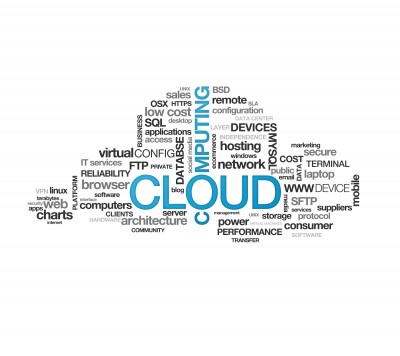In the previous articles we took a quick look at the various parts of ‘the Cloud‘. We then looked at SaaS using digitalsignage.net as an example, followed by PaaS using Amazon AWS as an example. Today in our final ‘Cloud’ article, we take a look at IaaS (Infrastructure As a Service).
(IaaS) is one of the three fundamental service models of cloud computing alongside Platform as a Service (PaaS) and Software as a Service (SaaS) which we have previously looked at. As with all cloud computing services it provides access to computing resource in a virtualised environment, aka “the Cloud”, across a public connection, usually the internet. In the case of IaaS the  computing resource provided are specifically that of virtualised hardware, in other words, computing infrastructure. The definition includes such offerings as virtual server space (Amazon EC2), network connections, bandwidth, IP addresses and load balancers (Amazon Elastic load balancer). Physically, the pool of hardware resource is pulled from a multitude of servers and networks usually distributed across one or more data centers, all of which (in our example) Amazon are responsible for maintaining. The client (such as Dynamax), on the other hand, is given access to the virtualised components in order to build their own IT platforms.
computing resource provided are specifically that of virtualised hardware, in other words, computing infrastructure. The definition includes such offerings as virtual server space (Amazon EC2), network connections, bandwidth, IP addresses and load balancers (Amazon Elastic load balancer). Physically, the pool of hardware resource is pulled from a multitude of servers and networks usually distributed across one or more data centers, all of which (in our example) Amazon are responsible for maintaining. The client (such as Dynamax), on the other hand, is given access to the virtualised components in order to build their own IT platforms.
In common with the other two forms of cloud hosting, IaaS can be utilised to create cost effective and easily scalable IT solutions where the complexities and expenses of managing the underlying hardware are outsourced to the cloud provider. If the scale of a IaaS customer’s operations fluctuate, or they are looking to expand, they can tap into the cloud resource as and when they need it rather than purchase, install and integrate hardware themselves.
A typical IaaS offering can deliver the following features and benefits:
- Scalability:
Resource is available as and when the client needs it and, therefore, there are no delays in expanding capacity or the wastage of unused capacity - No investment in hardware:
The underlying physical hardware that supports an IaaS service is set up and maintained by Amazon, saving the time and cost of doing so on the client side - Utility style costing;
The service can be accessed on demand and the client only pays for the resource that they actually use. A good analogy is that hundreds of years ago factories often were built near running water so that they could generate their own electricity using a water wheel. This water wheel is analogous to a server room. No one these days generates their own primary electricity supply, its is provided by a Utility Company. SaaS/PaaS/IaaS is very similar. - Location independence:
The service can usually be accessed from any location as long as there is an internet connection and the security protocol of the cloud allows it - Physical security of data centre locations:
Services available through a public cloud, or private clouds hosted externally with the cloud provider, benefit from the physical security afforded to the servers which are hosted within a data centre - No single point of failure:
If one server or network switch, for example, were to fail, the broader service would be unaffected due to the remaining multitude of hardware resources and redundancy configurations. For many services if one entire data center were to go offline, nevermind one server, the IaaS service could still run successfully. - Massive bandwidth:
Data centres such as the ones provided by Amazon provide both massive available bandwidth and attached storage facilities (EBS). This allows for the efficient creation of Content Delivery Networks (CDN) which is an important aspect of scalable digital signage networks.

